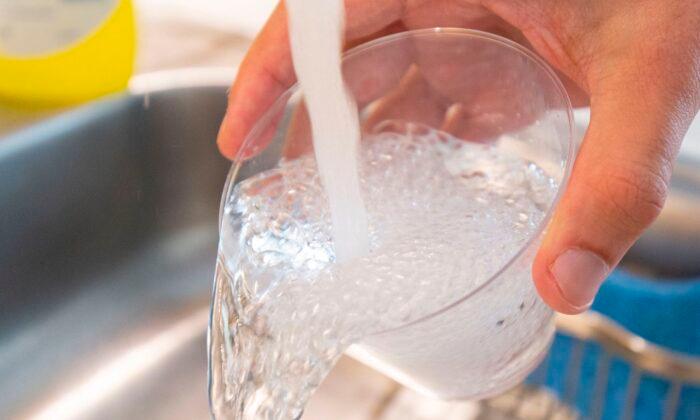The House of Representatives passed legislation on Friday that would require the Environmental Protection Agency (EPA) to address PFAS contamination in a number of ways, including designating the chemicals as “hazardous substances” and introducing a national drinking water standard for PFAS.
PFAS is an acronym for man-made chemicals called per- and poly-fluoroalkyl substances known for their resistance to grease, oil, water, and heat. They are used in a wide range of products including stain- and water-resistant fabrics and carpets, as well as cleaning products, paints, water repellents, and fire-fighting foams.
H.R. 535 would also require the agency to decide whether to designate all PFAS substances as hazardous within five years.
The bill would also ban the manufacture or sale of PFAS chemicals that the EPA finds as posing “an unreasonable risk of injury” to human health or the environment.
“This bill would supersede existing statutory requirements that require EPA, when regulating chemicals in the environment, to evaluate and weigh the available scientific and technical information about the occurrence of exposures, the health effects of exposures, the treatment options available, the opportunities for meaningful improvement in public health protection, and the significant potential effects on public safety,” the statement read.
The OMB added that the bill would, therefore, “create considerable litigation risk, set problematic and unreasonable rulemaking timelines and precedents,” and impose “substantial, unwarranted” costs on governmental agencies.
“This purely partisan, anti-science regulatory framework is unworkable ... There is a path ahead; we have broad, bipartisan, commonsense solutions—that relies on sound science—to address the country’s PFAS challenges,” the statement read.
A number of PFAS chemicals “have been a concern because they do not break down in the environment, can move through soils and contaminate drinking water sources,” according to the Centers for Disease Control (CDC). Because of this, PFAS chemicals are often commonly referred to as “forever chemicals.”
While the CDC says that more research is needed to assess the health effects on humans of being exposed to PFAS, it also notes that studies where animals were given large amounts of PFAS show impacts to their growth and development, reproduction, thyroid function, the immune system, and the liver.




